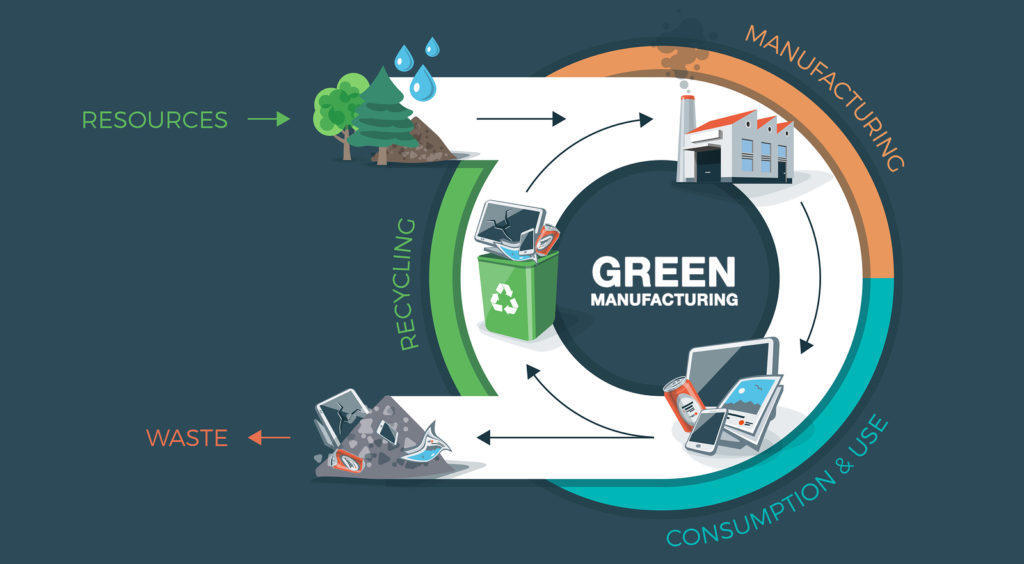Though often two distinct campaigns, lean manufacturing and eco-friendly (green) manufacturing share overlapping principles. In pursuit of one, managers often find they’re trending into the traits of the other. It’s an opportunity to address two key ideologies with one comprehensive approach, and the best place to start is through a focus on maintenance.
Factories can adopt leaner, greener maintenance practices without substantial disruption to operations. From these minor changes come measurable results, which are not only cost-saving in and of themselves but also a model for how sweeping changes may improve overall factory operations.
Eliminating waste is key
The elimination of waste is a core trait shared by both lean and green manufacturing philosophies. Consequently, waste elimination often results in reduced or conserved costs. Take, for example, the concept of energy conservation as it pertains to factory operations. In just one example from the U.S. Environmental Protection Agency’s “The Lean and Energy Toolkit,” a Baxter facility combined Six Sigma process-improvement techniques and energy-efficiency efforts to save $300,000 in energy costs in one year.
In this example, a factory-wide effort reduced costs and set a new standard for efficiency. If we apply conservation principles to a more specific niche, such as machinery maintenance, lean and green manufacturing can come together in ways leading to compounding cost reductions every time maintenance is undertaken.
How lean begets green
Let’s take a look at a very simple example to see just how powerful lean maintenance is in affecting both greener policies and cost savings.
Using lean analysis tools, you conduct a study that yields information about the demand for bearing lubrication in one of your machines. With this information, you set up a routine lubrication schedule that mitigates friction and reduces the overall demand for bearing replacements.
This is something any factory can do. The results of undertaking this leaner approach to maintenance show up in two distinct ways:
- You’ll reduce the demand for replacement parts and inefficiency concerns causing waste, which comes with an overall reduction in environmental impact.
- Better maintenance and fundamental operation equate to fewer costs to your bottom line in the form of repairs, unexpected maintenance, or quality control issues.
Ultimately, the costs to both your factory and the environment go down as the result of leaner thinking and execution. Lean paves the way for green.

Introducing bigger concepts
Thanks to the relative simplicity of targeting manufacturing maintenance for leaner approaches, manufacturers can preview bigger, wider policy changes. In many cases, these benefits can even roll into larger initiatives. For example, repair and maintenance cost savings may fund lean projects in another aspect of the factory.
Lean and green manufacturing both also open the door to the industrial internet of things (IIoT). IIoT devices provide critical access to waste reduction and cost savings through advanced opportunities, such as predictive maintenance. Proving the efficacy of IIoT tech through cost-saving lean initiatives invites a more widespread adoption.
Lean and green manufacturing are two ideologies proven to benefit manufacturers. Pursuing one generally means making headway with the other, so why not strive to implement both? Maintenance is a good place to start and, if approached correctly, could jump-start operation-wide introspection that benefits both the environment and your bottom line.
